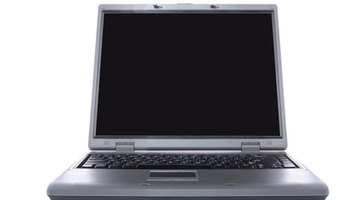In the 21st century, technology has rapidly emerged as an important component of teaching, learning and reform in America. Although a valuable asset, technology alone cannot teach skills needed for students to progresses in school. Teachers still must teach and model within classroom settings in order for them to effectively deliver information to students. Technology is a great tool that reinforces what teachers teach and a great way for individuals to continuously learn.
History
Technology has been married to education for decades, beginning with the creation of the first vacuum tube-based computer in 1946, with the help of multiple universities. Ten years later technology was playing an even bigger role, strengthened when Russia launched their satellite Sputnik into space. During this time, schools were still abiding by the system that highlighted the teacher as the facilitator and only source students received information from within the classroom. Even so, the launching of Sputnik jump-started educational reform in the United States, which brought in money from the National Defense Education Act and began providing schools with technology.
Features
Technology is vital in education, because it offers students at all levels of schooling multiple alternatives to learn faster. It is a valuable asset to young, adult and special needs students. For young students, technology will dramatically decrease their chances of struggling as they move ahead through school. In addition, children that become acquainted with technology show major improvements in their reading, writing and math skills. Adults benefit profoundly from technology as well. Technology allows adults to continuously learn, develop strong skills that will be helpful in almost any career and transition into refined citizens. For special needs students, various types of software will not only benefit them mentally, but physically as well. Depending on the deficiency, the actual movements and manipulation of joysticks, mouse pads, and other hand held devices could strengthen their hand and eye coordination and other physical weaknesses.
Significance
Merging technology and academics within the classroom to enhance academic content provides learning tools for students, in addition to direct instruction. Teachers can mold technology to help reinforce numerous subjects, as well as structure it to accommodate multiple learning styles. Because everything as of 2010 is in some way connected to technology, students, even those on the elementary level, already have some indication of how technology has the ability to enhance learning.
Warning
Although integrating technology into the classroom has many promising results, potential challenges exist as well. One of the major challenges is that students have a tendency to get bored quickly and drift off onto other websites. They must be fully aware of what the teacher expects of them, as well as the outcome of what could go wrong if they do not use technology wisely. Moreover, technology could be a challenge to a teacher if she has not had a sufficient amount of the training that comes from web-based professional developments.
Prevention/Solution
The teacher must plan strategic means for merging technology within the classroom. If she doesn't, she will not cater to the target areas that she may be trying to strengthen. This will merely mirror the technology of the past, when a teacher allowed a student to use an encyclopedia to gather information. Teachers have to communicate to students exactly what their learning goals and outcomes are, so that they can capitalize on their lessons. As for teachers, staff development sessions in technology are vital, because they will be better equipped and have the confidence needed to implement technology-based lessons.
Related Articles
References
Writer Bio
Jermaine Jones has been working in the education arena and as a writer for more than 11 years. He has served as an editor for a HBCU magazine as well as a technical writer for Kodak. Jones holds a Bachelor of Arts degree in English literature and writing from North Carolina Central University.










